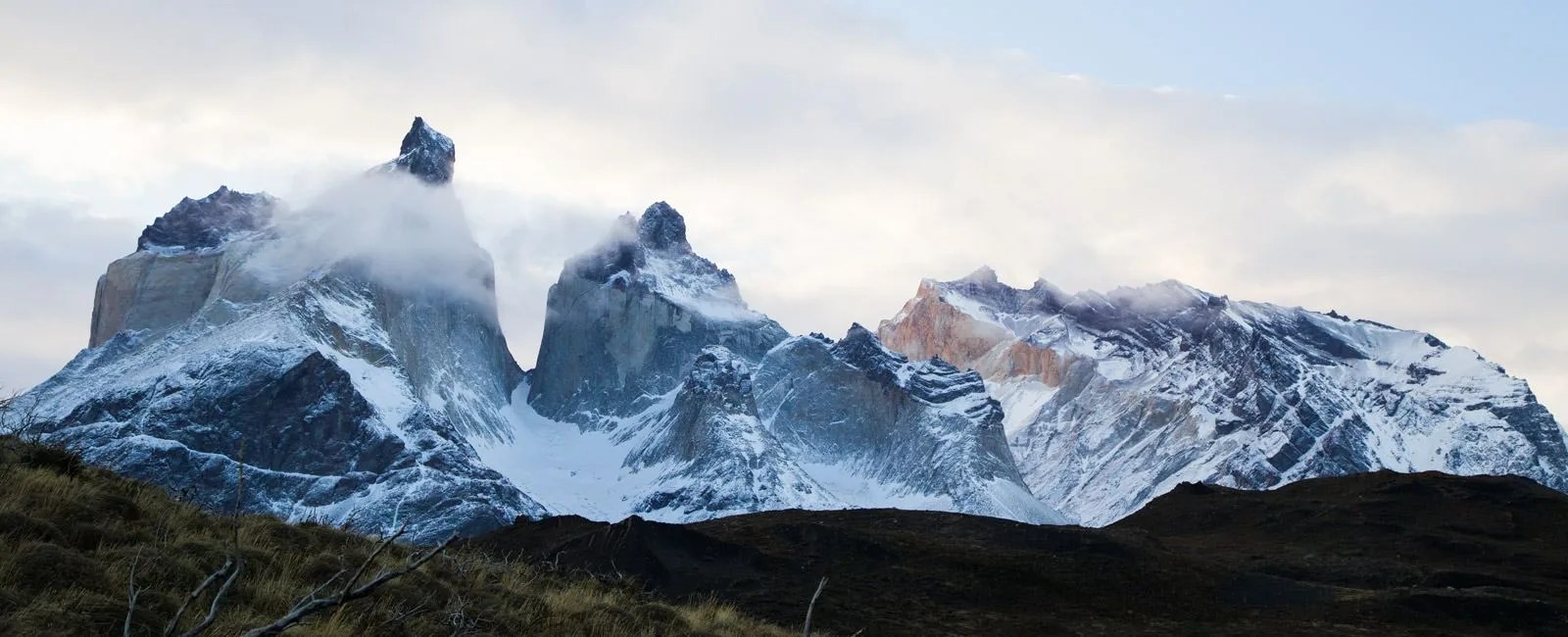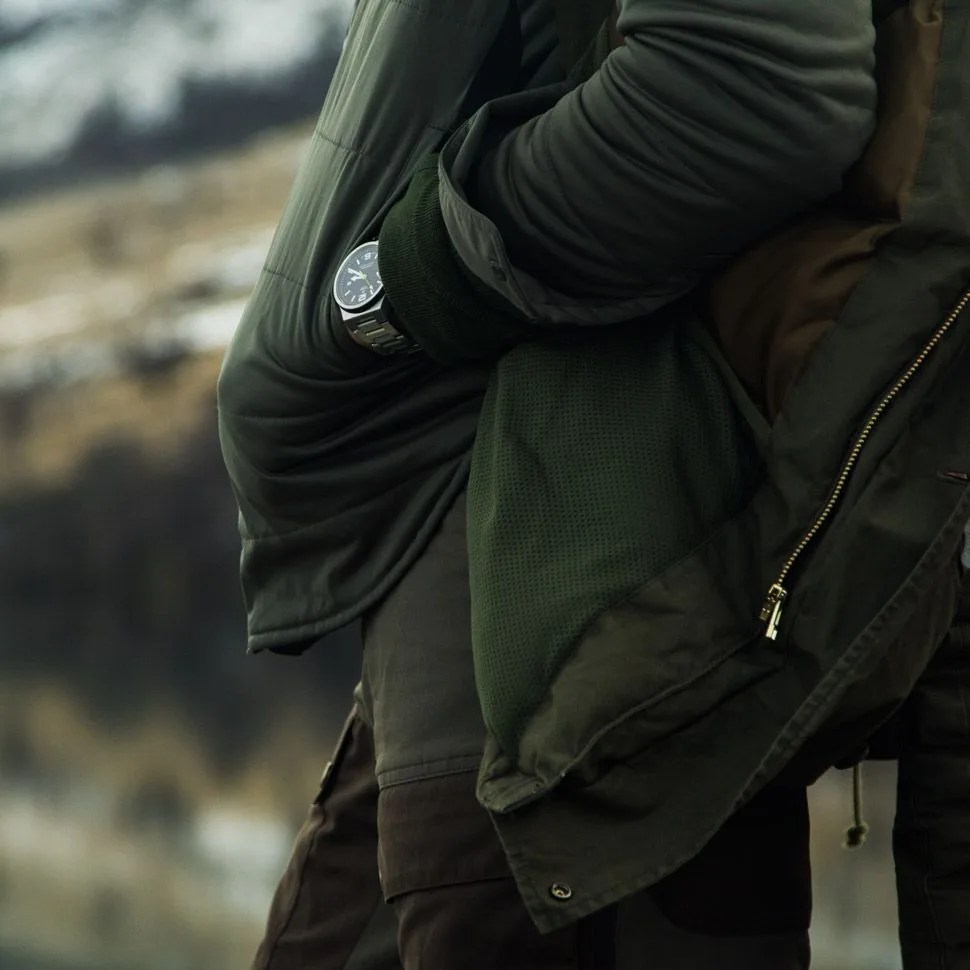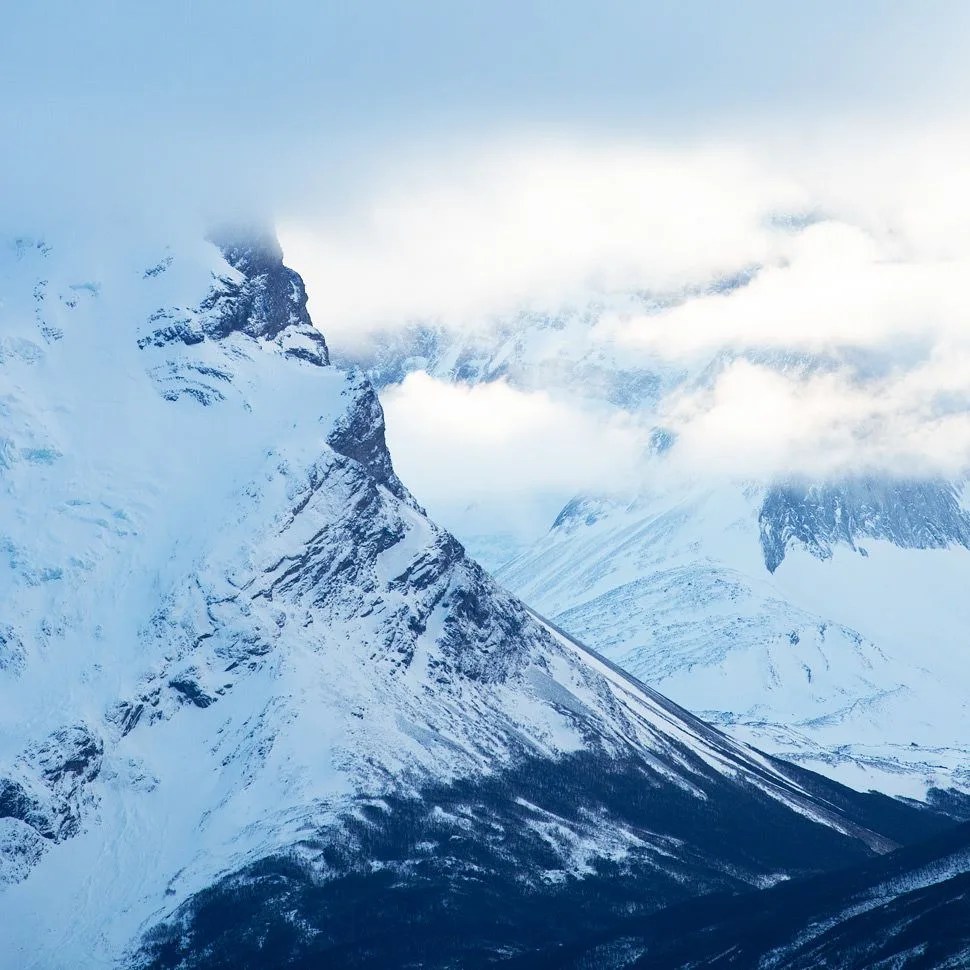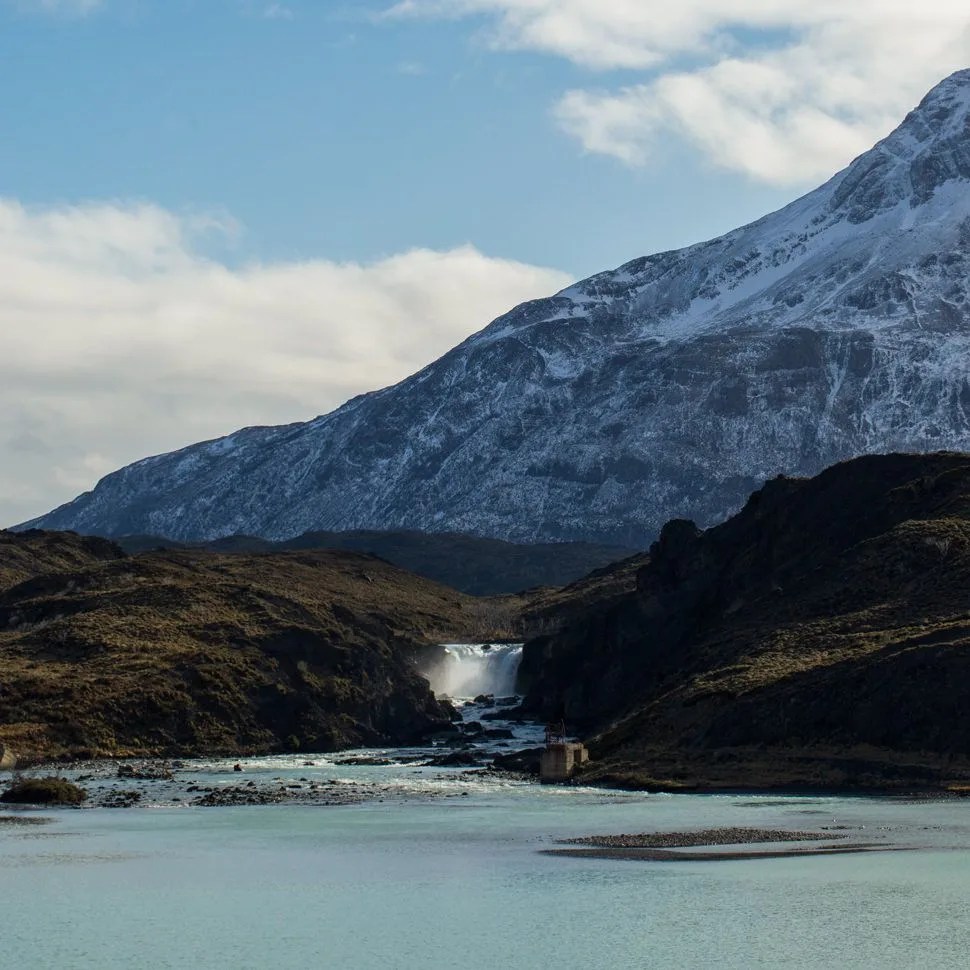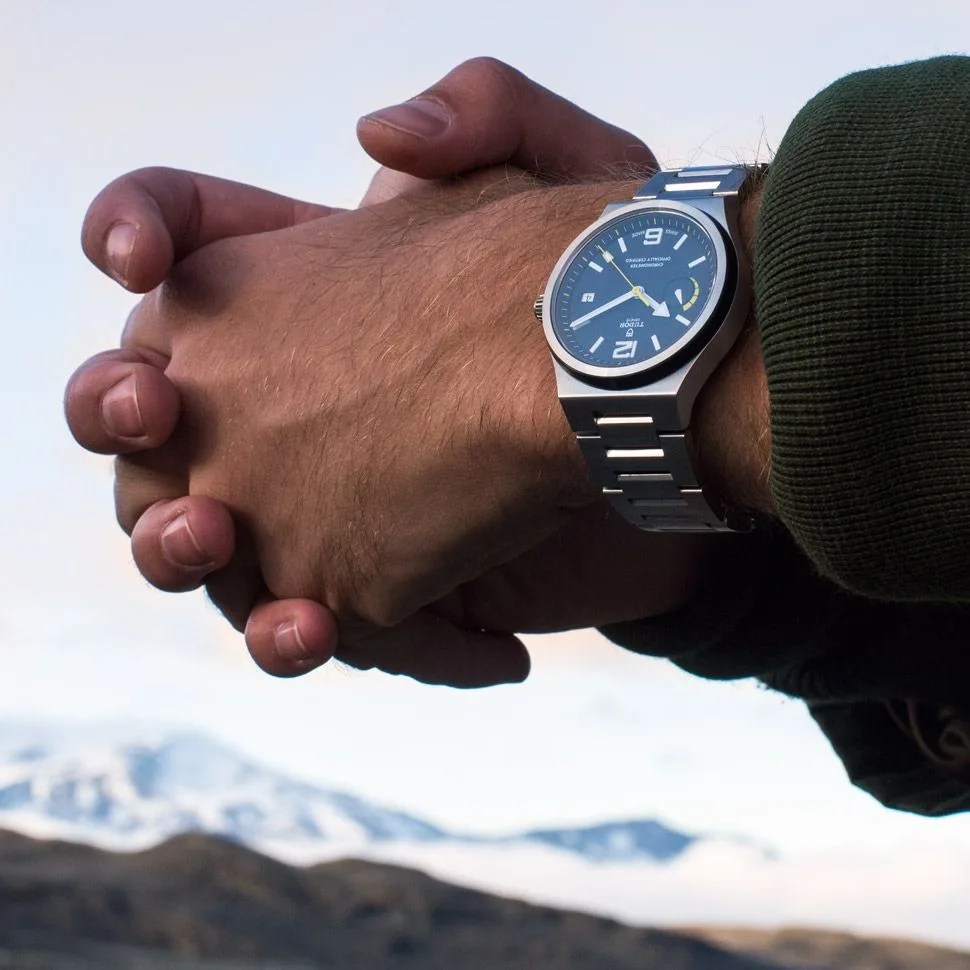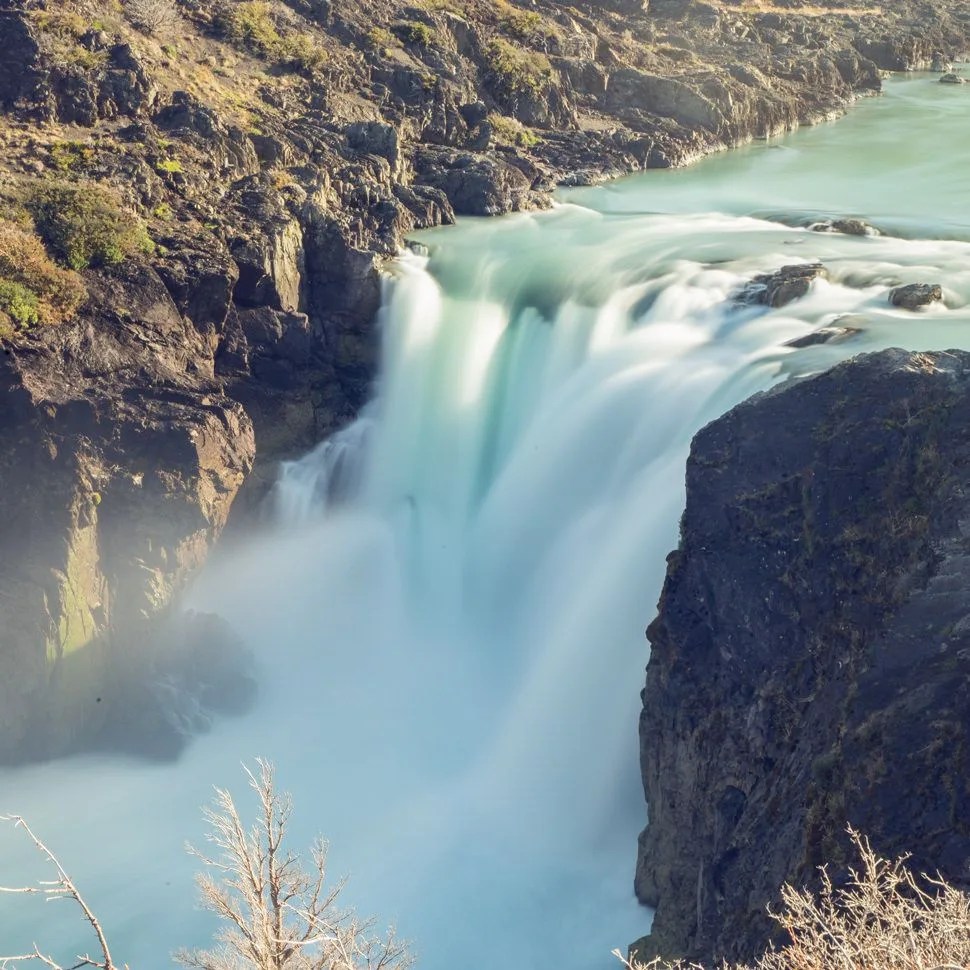
One of the first truths you encounter about Patagonia is that no two days are the same. During my 200-mile drive north, from the airport in Punta Arenas to Torres del Paine national park, I am greeted by blue skies and sunshine, a rare wintertime occurrence that presents clear and expansive views of the region’s natural surroundings. Tomorrow, with plans to hike to the base of the famed Cuernos del Paine — the iconic massif featured on most postcards of Chilean Patagonia — the forecast reads grim with a high chance of wind and rain. To be sure, there is little promise of a view. But one of the other truths often tossed around these parts offers quiet consolation as I continue my trek onward: never trust the forecast.
Patagonia has always been a place of near-mythic proportions. From a geographic point of view, its name is used to denote roughly 400,000 square miles of landmass in South America. It includes both the steppe flatlands of Argentina to the east, and the mountainous fjords of Chile to the west. Its vague borders begin in the central regions of both countries, extending to the wind-rampant islands of Tierra del Fuego at the southernmost tip of the continent. Bigger in size than Texas and Florida combined, Patagonia is vast and mostly empty. Today there are less than 2 million people that live within its huge perimeter.
When the Portuguese explorer Ferdinand Magellan first docked here in 1520, he is said to have named the region after its native people, the Tehuelche, whom he perceived as giants next to his crew of 16th century Europeans. He called them Patagão, or “bigfeet”. News of their discovery would travel back to Europe, where men, women and children were fed tales from the far end of the world, a place where humans stood 10 feet tall, cloaked only in the leather of a furry, camel-like creature called the guanaco.
6 photos
More than 400 years later, in 1977, a young English journalist named Bruce Chatwin would leave his indelible mark on the imagination of restless travelers. In what has become a fable of its own making, Chatwin, who was 34 years old when he first visited South America, succumbed to the pull of Patagonia. Notice of his extended leave of absence from his publication, the Sunday Times magazine, came in the form of a telegram to his editor, Francis Wyndham, and arrived back in England with a simple message: “Have gone to Patagonia.”
Chatwin spent half a year roaming the region, and returned from his travels with enough material to write a book. He called it In Patagonia. Experimental in form, the narrative is perhaps best classified as creative nonfiction, comprised of 97 vignettes (ranging from factual anecdotes to folklore) of the people, places and tales he encountered along the way. “Patagonia is the farthest place to which man walked from his place of origins,” Chatwin wrote to his agent before the American edition of In Patagonia was published. “From its discovery it had the effect on the imagination something like the Moon, but in my opinion more powerful.”
An Essential Tool for the Modern Explorer
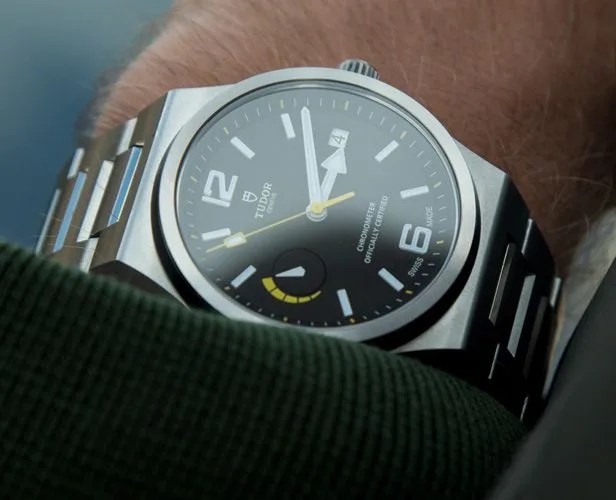
The TUDOR North Flag was designed from the ground up to serve as a reliable tool watch in the world’s most remote regions. Its caliber MT5621 automatic movement, complete with a silicon hairspring, is the first ever to be built in-house for the brand and features an impressive 70-hour power reserve in addition to COSC Chronometer certification, guaranteeing its timekeeping precision even in the toughest of conditions.
The functionality of the watch’s 40mm stainless steel case and dial strike a balance of efficiency and refinement; a sapphire case back offers a window into the movement’s intricacies. Hour markers are intuitively sized for enhanced visibility and complemented by bright yellow accents on the power reserve indicator and second hand.
The next day, I think of Chatwin on my drive to the Mirador Los Cuernos, one of the closest places you can get in the winter to the centerpiece attraction of the park. It is here, I hope, on the face of the “horns,” where one begins to wander into the sublime. But with the sky an opaque grey, blanketing the Cuernos, I also fear that I’m setting myself up for disappointment. We’ve been lucky so far. The predicted rain never came, and the wind is strong, pushing the clouds to the west. I hug my jacket and start up the trailhead.
We round a corner near the Salto Grande waterfall and a double rainbow hovers near the overhang. Around us are clusters of charred trees, leftovers from the 2011 fire that plagued the park. I look up and find a pocket of blue. It’s clearing, and I catch my first glimpse of the Cuerno Principal, a nearly 7,000-foot vertical monolith of granite and shale that dominates the sky.
By the time we reach the bank of Lake Nordenskjöld, the entire Cordillera del Paine is in view. I take off my pack and toss it on ground. The sun makes its first descent behind the ridge line, casting a salmon glow in the Bader Valley to the eastern side of the mountain range. There is a loneliness that pervades this place. The campgrounds, which often fill with tourists and climbers during the high season, are closed until spring. Most visitors commute from the town of Puerto Natales, a four-hour round trip that makes short days shorter still. My guide and I are alone, silent observers in what seems like the middle of a great, big nowhere.
The clouds circle back. After 20 minutes, my guide says it’s time to leave. If we stay any longer, the sun will set, covering us both in a thick pall of darkness. I start up the trail and take one look back at the closest I ever got to the far end of it all.
